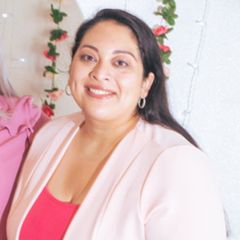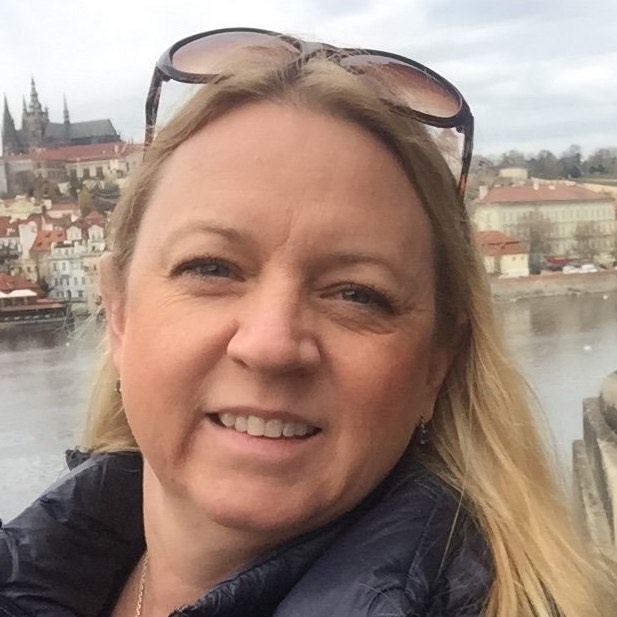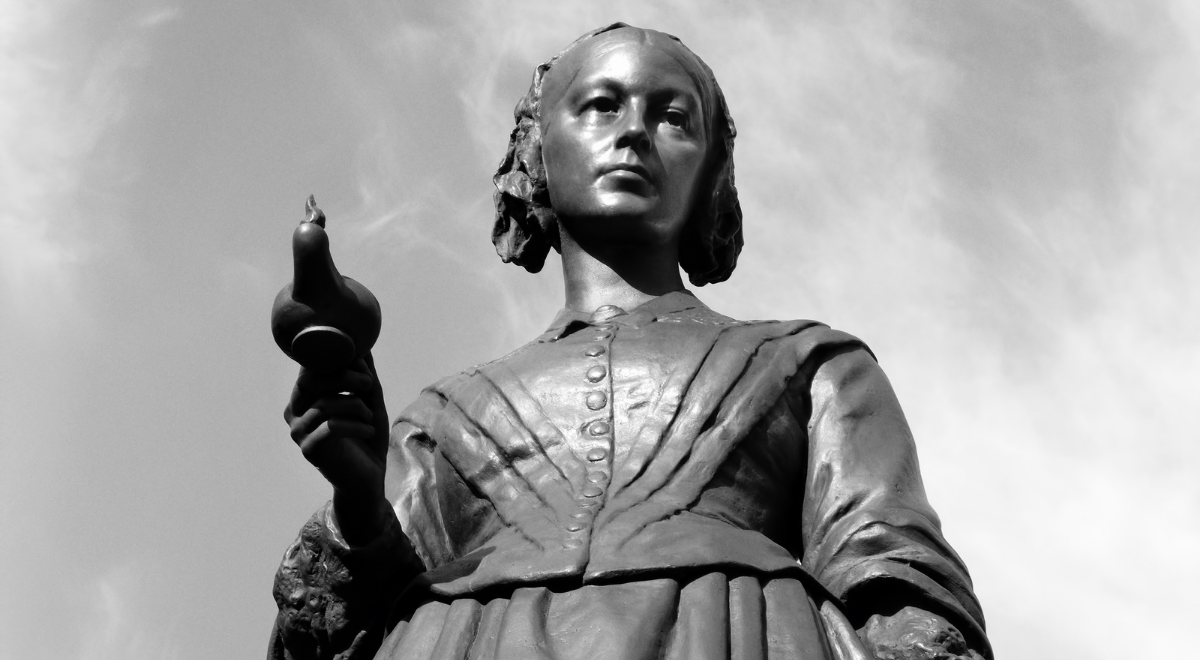International Women’s Day is celebrated globally on March 8th, and March is Women’s History Month in the U.S., U.K., and Australia. Educators on Outschool can consider connecting with new learners and families interested in this current event by incorporating women’s history themes into their classes.
If you’re qualified to teach classes on women’s history according to our class content policy – now’s your time to shine! If you teach other subjects, there are plenty of ways to use women’s stories and achievements in your classes, now and every other month of the year.
We asked three women’s history educators on Outschool to share their thoughts on how educators can bring the history of diverse women and people of other historically marginalized genders into the classroom. First, let’s meet our contributors:

Dr. Anne Holdorph has been teaching for almost 20 years and holds a PhD in British History. She loves teaching about history that may have been overlooked in traditional school lessons and offers classes on Great Women of the World, among other history courses.

Sara Youngbar is a former public school teacher who offers Outschool classes on Hispanic & Latina/e/o/x History, Mexican American History, and more. Some of her popular courses teach learners about Legendary Latinas and chronicle the achievements of Latina women in history.

Kirsten Bowman, JD is a human rights lawyer and university professor who loves sharing her passions on Outschool. She teaches classes on feminism, women’s history, human rights, and debate for learners ages 9+.
These educators dedicate classes to women’s history year-round, and they want you to know that you can incorporate the ideas, accomplishments, and stories of women into any kind of class. Here’s how.
Give important context for your subject
“Women’s history is the history of everyone. Women don’t exist in isolation.”
– Dr. Anne Holdorph
Whatever subject you’re teaching, intentionally including women’s stories and experiences helps you provide a more accurate and unbiased context for learners. Traditionally, the perspectives of white men have dominated much of the world’s recorded history. Ask yourself how you can expand your learners’ understanding of someone’s story, a musical tradition, an art form, a sport, etc., by seeking out contributions from people whom historians may have ignored because of their gender.
Dr. Holdorph goes on to say:
“Look for the women. Sometimes, it can be harder to uncover evidence of women’s history, but women are there at all times in the past. Make sure you mention what women would have done, what they wore, how they contributed to the house (or the public). Women have made up around 50% of the population – try to ensure they make up 50% of your classes too.”
It can be even harder to uncover evidence of people of other genders besides cisgender men and women, especially when they may not have been able to express their identity safely during the time they lived. But as Dr. Holdorph says: They were there, you just have to look for them. To do research for your curriculum, try starting with the resources listed at the end of this article.
Inspire learners to seek out multiple perspectives
“Just as the history of the world isn’t solely defined by men, women’s history isn’t exclusively determined by straight, white women. Uncovering and learning about the experiences of all women is such an essential part of history. Without it, we can’t really hope to understand the world.”
– Dr. Anne Holdorph
Several educators mentioned that teaching about women’s history has a ripple effect; it inspires learners to think critically about all past and current events. You can help younger generations think about questions like who’s perspective is missing from this story. Who’s experience may be being ignored? Do I really have a full picture of each person’s role in this story?
“Learning the history of what life was like for women is really powerful. We do it in several of my classes….and each time, it not only provides a new lens for learners to look through and see the perspective of women, but suddenly they can see that there are so many unseen perspectives in history…..Indigenous Peoples, African Americans, children, etc. It’s eye-opening and provides a much richer and more full historical education.”
– Kirsten Bowman
Adding women’s achievements and ideas to your curriculum does take intentional lesson planning, but educators say it’s worth the effort in more ways than one.
Sara Youngbar says:
“I love seeing that spark from my students when they discover the extraordinary achievements of the Latinas I teach.”
On the subject of finding resources that reflect a dedication to Diversity, Equity, Inclusion, and Belonging (DEIB), Dr. Holdorph adds:
“I spend a lot of time searching for diversity in teaching. I constantly endeavor to find historical sources that support the diverse experience of women. For example, when teaching about the Roman prescence in the UK, I mention the Ivory Bangle Lady (a North African female resident of York who lived at the time of the Roman occupation of Britain). When teaching about society in Victorian Britain, I include images of Sarah Forbes Bonetta. Sometimes this takes time, but I gladly spend the time to ensure diversity is represented.”
And women’s history isn’t only about sharing biographies or descriptions of famous women (though that’s important); it’s about sharing how their experiences shaped the world around them.
As Kirsten Bowman puts it:
“We need to not only teach about incredible, amazing women who are often not highlighted (Delores Huerta, Wangari Matthai, Deborah Nash, and Fannie Lou Hamer, to name a few), but we need to teach about history from the perspective of women.”
To dive deeper into this idea, check out these resources on including multiple perspectives in your curriculum:
- Understanding Multiple Perspectives – Outschool Policy
- Three Ways to Bring Multiple Perspectives to Your Classroom
Encourage curiosity
If you don’t teach a history class, including women’s experiences and perspectives in your curriculum may look like encouraging yourself and your learners to explore new resources from people who identify as women.
Could you…
- Ask your music class learners to find and play songs composed by women of different cultures.
- Cook recipes or study the techniques of chefs from around the world who identified as women?
- Read a book in your book club written by a woman and/or translated from another language.
- Learn about and acknowledge famous women in STEM (science, technology, engineering, and math) in classes on those topics.
- Highlight female athletes or do a workout inspired by women in sports?
And March isn’t the only month where these resources should be a part of your lessons. Sara Youngbar makes a point that can apply to all “history months”:
“Although I’m thankful that Hispanic/Latinx Heritage Month exists, the accomplishments and contributions that Hispanic/Latinx people have made are severely underrepresented in the general history curriculum.”
Be inclusive of all genders
Classes that include women’s history should inspire learners of all genders to follow their passions, achieve more, and understand diverse perspectives. Including women’s history in your lessons – or the stories of any marginalized community – does not inherently mean excluding other people’s perspectives. It does mean that your learners can walk away from your class with a more accurate and well-rounded understanding of any topic.
“When I was at University, one of my lectures told us that in the 1970s, historians had ‘discovered’ women were present in history. What I enjoy most about teaching on Outschool is that these young people will never have to ‘discover’ women were present in history – it’s something that they will have known about since they were young. I’m proud to help ensure that young people grow up knowing that women have played as much of a role in history as men have.”
– Dr. Anne Holdorph
At Outschool, we’re committed to creating a welcoming and empowering learning environment for learners of all backgrounds, genders, and cultures. By using resources, stories, and ideas from people from multiple genders in your classes, you can help us achieve that mission. Explore more resources for creating space for all genders and sexual identities, and be sure to review our class content policy for tips on creating inclusive classes and representing marginalized voices appropriately.
More resources for teaching women’s history
National Women’s History Museum – Student & Educator Resources
Social Justice Books – Women’s History Books for Ages 5-18
International Women’s Day – Teaching Resources

